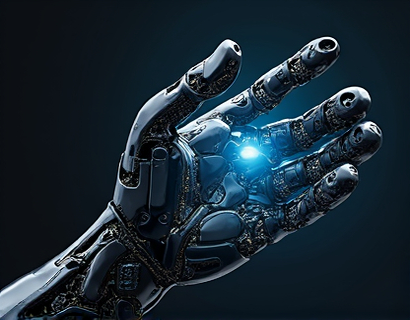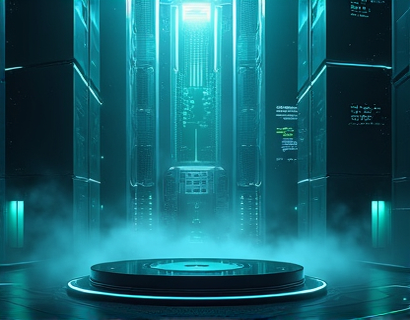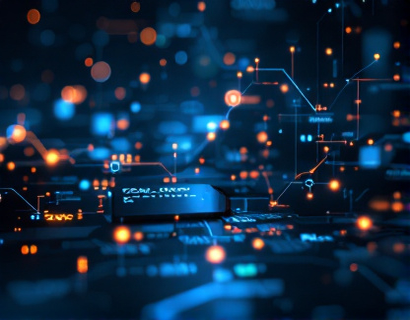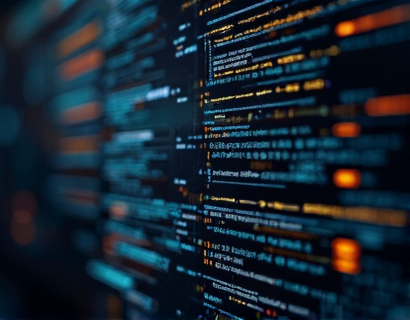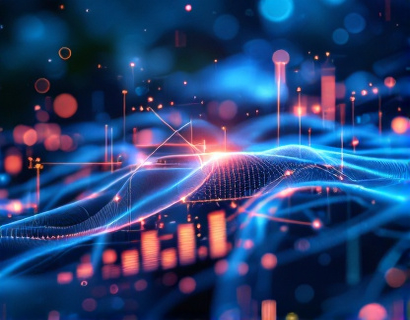Ucosystem Simplified: A Beginner's Guide to Understanding Interconnected Complexity
The concept of the Ucosystem represents a sophisticated network of interconnected systems, processes, and entities that work together to form a cohesive and dynamic environment. For individuals new to this idea, understanding the Ucosystem can seem daunting due to its complexity and the numerous components involved. This guide aims to demystify the Ucosystem, breaking down its key elements and highlighting the benefits of grasping this interconnected landscape.
To begin, it's essential to understand what the term "Ucosystem" encompasses. The Ucosystem is not a single entity but a web of relationships and interactions among various components. These components can include technology systems, organizational structures, natural environments, and human behaviors. Each element within the Ucosystem influences and is influenced by others, creating a complex yet harmonious system.
Key Components of the Ucosystem
The Ucosystem is composed of several critical components that, when understood together, provide a comprehensive view of the system. These components include:
- Nodes: These are the individual points or entities within the Ucosystem, such as devices, people, or organizations. Nodes are the building blocks of the network and interact with one another.
- Edges: The connections between nodes are referred to as edges. These edges represent the relationships, interactions, or flows of information and resources between nodes.
- Network Topology: This refers to the arrangement of nodes and edges in the Ucosystem. Understanding the topology helps in visualizing how different components are linked and how information or resources move through the system.
- Dynamic Behavior: The Ucosystem is not static; it evolves over time. Dynamic behavior includes changes in node attributes, the creation or dissolution of edges, and shifts in network topology.
- Emergent Properties: These are characteristics or behaviors that arise from the interactions within the Ucosystem but are not present in the individual components. Emergent properties are a hallmark of complex systems and can lead to unexpected outcomes.
Each of these components plays a crucial role in the functioning of the Ucosystem. Nodes and edges form the basic structure, while network topology provides the framework for understanding how these components interact. Dynamic behavior ensures that the system is adaptable and resilient, and emergent properties highlight the unique capabilities of complex systems.
Benefits of Understanding the Ucosystem
Gaining a solid understanding of the Ucosystem offers numerous benefits, both personally and professionally. Here are some key advantages:
Firstly, comprehending the Ucosystem enhances problem-solving skills. By recognizing the interconnected nature of systems, individuals can approach problems from multiple angles, considering how different components interact and influence each other. This holistic view leads to more effective and sustainable solutions.
Secondly, understanding the Ucosystem fosters innovation. In a complex and interconnected world, new ideas often emerge from the intersection of different fields and disciplines. By appreciating the dynamics of the Ucosystem, individuals can identify opportunities for innovation and collaboration that might otherwise go unnoticed.
Thirdly, it improves decision-making. In a world where information is abundant and rapidly changing, the ability to navigate and interpret complex systems is invaluable. Understanding the Ucosystem enables individuals to make informed decisions that consider the broader implications and potential ripple effects.
Lastly, it promotes resilience and adaptability. In an ever-changing environment, the ability to adapt is crucial. By understanding how the Ucosystem functions and evolves, individuals can better prepare for and respond to changes, ensuring their systems remain robust and effective.
Navigating the Ucosystem: Practical Steps
For those looking to navigate the Ucosystem effectively, here are some practical steps to consider:
First, cultivate a curiosity-driven mindset. Approach the Ucosystem with a willingness to learn and explore. Recognize that complexity is a natural part of the system and that each interaction offers a chance to gain deeper insights.
Second, develop a systems thinking approach. This involves looking at the big picture and understanding how different components interrelate. Tools like system maps or causal loop diagrams can be helpful in visualizing these relationships.
Third, engage in continuous learning. The Ucosystem is constantly evolving, and staying updated with the latest trends, technologies, and research is essential. This can involve reading relevant literature, attending workshops, or participating in online forums.
Fourth, collaborate with others. The interconnected nature of the Ucosystem means that no one person has all the answers. Collaborating with others who bring different perspectives and expertise can lead to more comprehensive understanding and innovative solutions.
Finally, practice mindfulness and reflection. Regularly taking time to reflect on your understanding and the dynamics of the Ucosystem can help solidify knowledge and identify areas for further exploration.
Case Studies: Real-World Applications of the Ucosystem
To better illustrate the concept of the Ucosystem, let's examine a few real-world case studies where understanding this interconnected landscape has led to significant benefits:
One notable example is the healthcare industry. Hospitals, clinics, patients, and healthcare providers form a complex Ucosystem. By analyzing the nodes (such as hospitals and patients) and edges (like referrals and data sharing), healthcare professionals can identify bottlenecks and inefficiencies. This understanding has led to the implementation of electronic health records and telemedicine, improving patient care and streamlining processes.
Another example is the financial sector. Banks, regulatory bodies, consumers, and technology platforms create a dynamic Ucosystem. By mapping the relationships and flows of information and capital, financial institutions can better manage risks and innovate services. For instance, the use of blockchain technology in finance leverages the Ucosystem's dynamic behavior to create secure and transparent transactions.
A third example is urban planning. Cities are vast Uecosystems with nodes like buildings, transportation systems, and green spaces, connected by edges such as roads and utility networks. Urban planners who understand the Ucosystem can design more sustainable and livable cities by considering the interactions between these components. This has led to the development of smart cities that use data and technology to optimize resource use and enhance quality of life.
Challenges in Understanding the Ucosystem
While the benefits of understanding the Ucosystem are clear, there are also challenges to consider:
First, the sheer complexity can be overwhelming. With countless nodes and edges, it's easy to feel lost in the details. To overcome this, it's important to focus on key components and relationships that are most relevant to your goals or interests.
Second, the dynamic nature of the Ucosystem means that understanding is never static. What is true today may change tomorrow, requiring continuous learning and adaptation. This can be mentally taxing, but it also presents opportunities for growth and discovery.
Third, interdisciplinary knowledge is often necessary to fully grasp the Ucosystem. This can be a barrier for those without a background in multiple fields. However, this challenge also opens doors to interdisciplinary collaboration and learning.
Conclusion
In conclusion, the Ucosystem is a powerful framework for understanding the complex and interconnected world we live in. By breaking down its key components and benefits, and by providing practical steps for navigation, this guide aims to demystify the Ucosystem for beginners. Whether you're a student, a professional, or simply someone curious about the world, grasping the Ucosystem can enhance your problem-solving, innovation, and decision-making skills. Embrace the complexity, stay curious, and continue to explore the intricate web of interactions that define our Ucosystem.






